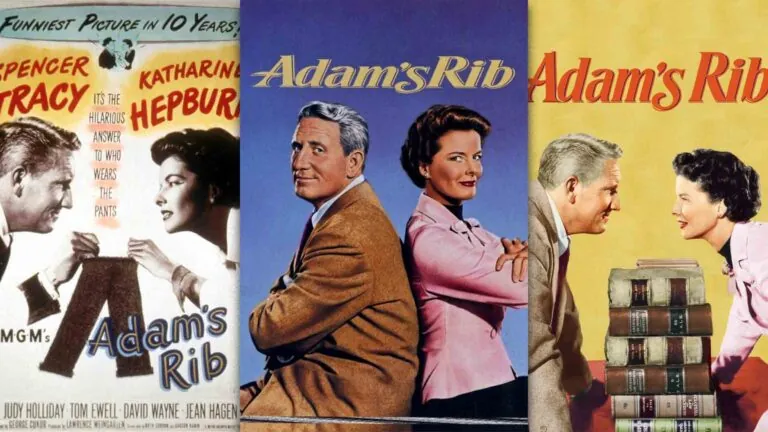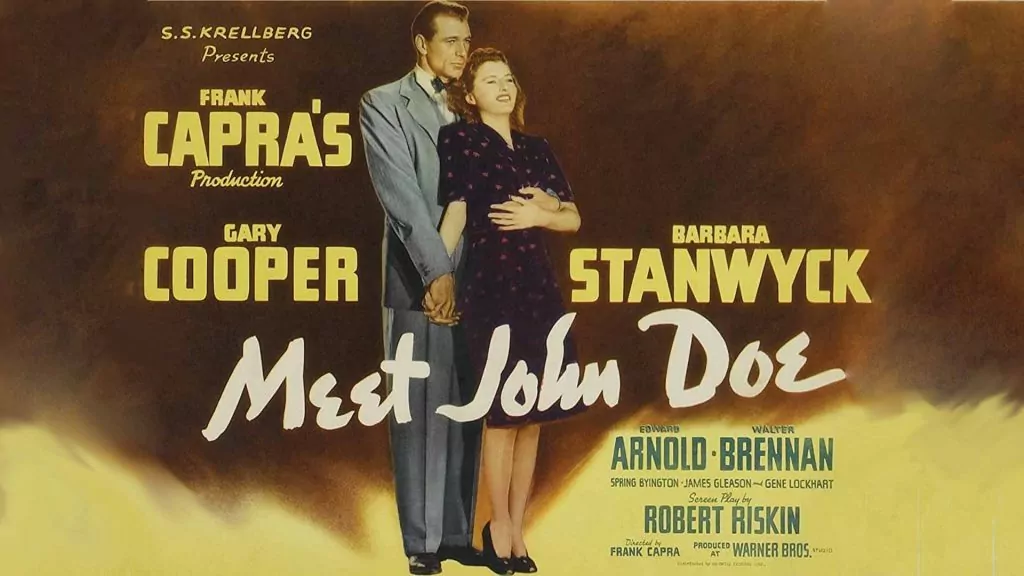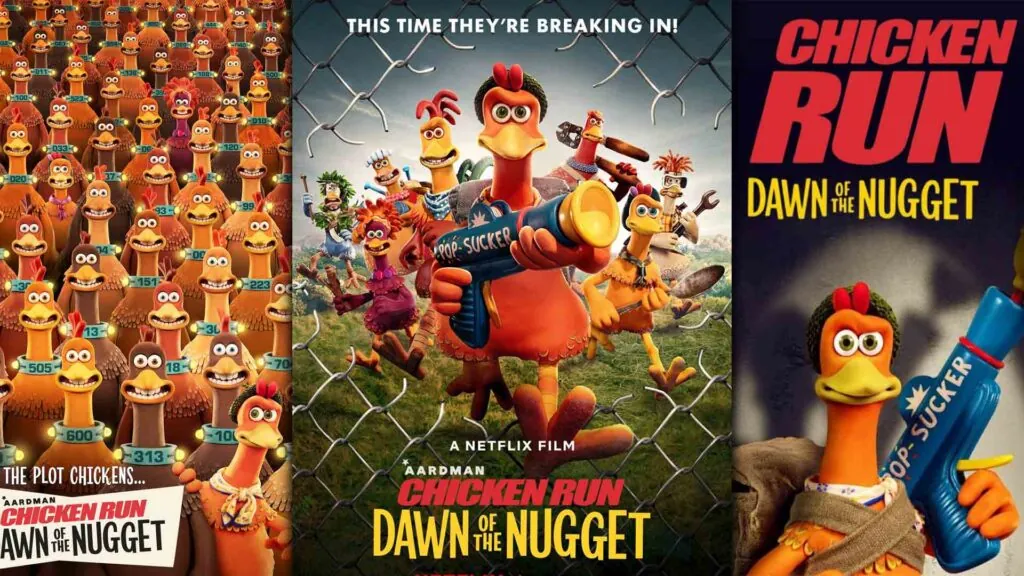Courtroom Drama
1949 / 101 minutes
RATING: 8/10
There are two types of feminism:
- one demands equal respect for women
- the other demands identical outcomes for women – whatever men do, women must do to
It’s the flaws in this latter form of feminism that are the focus of this silver screen battle of the sexes.
When Doris Attinger finds her husband with another woman, she takes a shot at him and is charged with attempted murder. Adam Bonner is assigned to prosecute the case, and to his surprise his wife Amanda Bonner takes on the defense. The thing is, Amanda doesn’t care if her client is innocent or guilty – she instead argues that her client should be set free because that’s what a jury would do if they were dealing with a man caught in similar circumstances. If a man had caught another man with his wife and taken a shot at him, she is sure this attempted homicide would have been deemed perfectly excusable.
So, Amanda doesn’t want justice; she wants equal injustice for all.
It’s up to Adam to convince the jury – and his wife – that equal injustice just isn’t just.
This is a witty, dialogue driven movie that you have to watch right to the end for a satisfying but surprising conclusion.
Cautions
Topic matter, including both an affair and an attempted murder, means this isn’t a film for the kids.
The other caution would be that, no matter the biblical reference in the film’s title, this doesn’t have a Christian worldview undergirding its take on gender. It is, instead, a 1950s understanding of what makes men and women different. There is one big commonality though – Adam Bonner knows there are two sexes! That’s quite the stand, both then, and especially now. But that doesn’t mean he has much else right.
Conclusion
This is from another time, and fascinating as a reflection of that time. C.S. Lewis suggested that for every new book we read, we should read one old one because different eras have their own unique blindspots, and by sampling from times gone by, it may help us see past our own. I think that recommendation could hold for films too. The battle of the sexes has never gone away, but this is certainly a different take on it. So, watch this one old film with some friends, and get ready for a good discussion afterwards!












